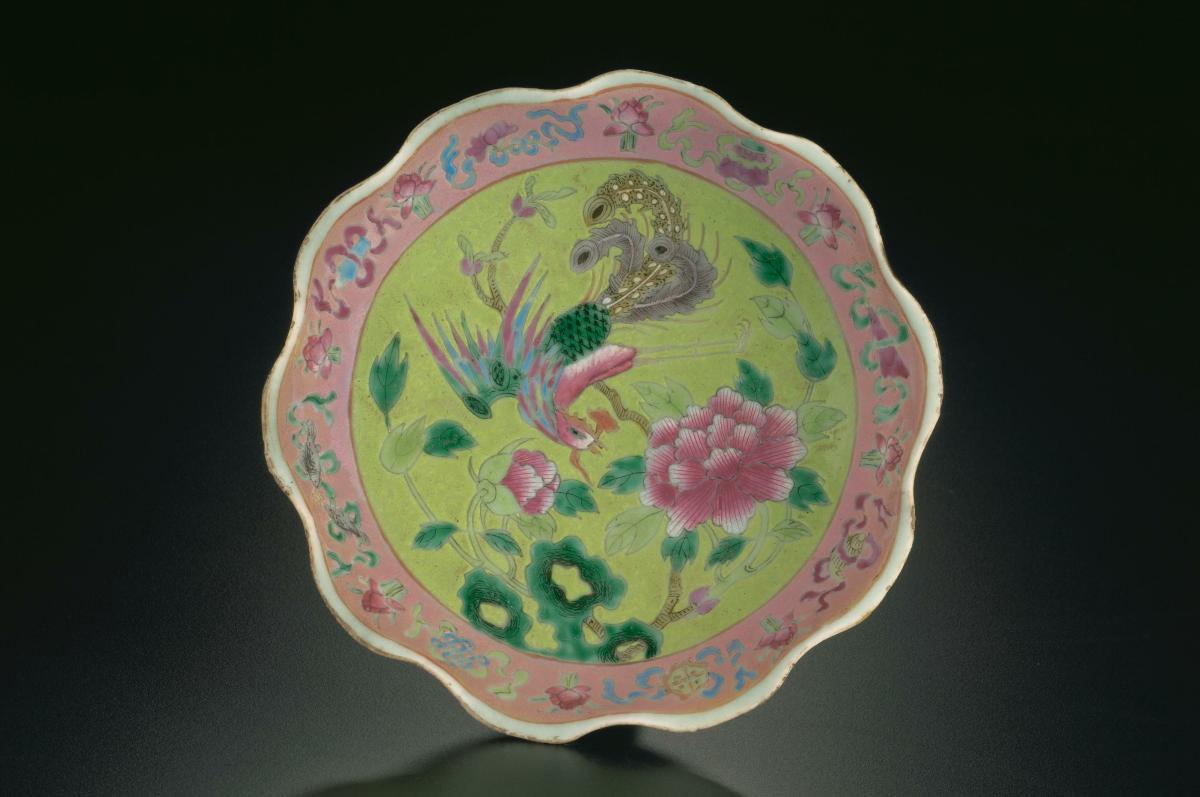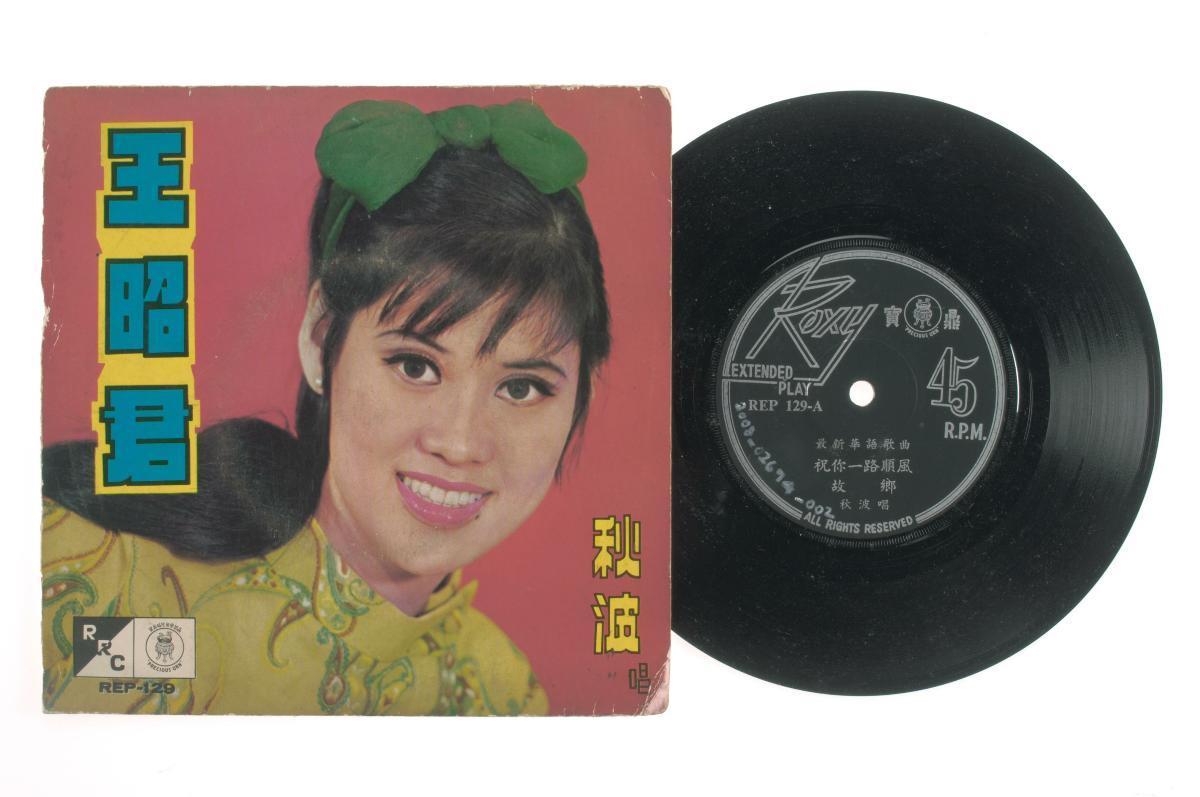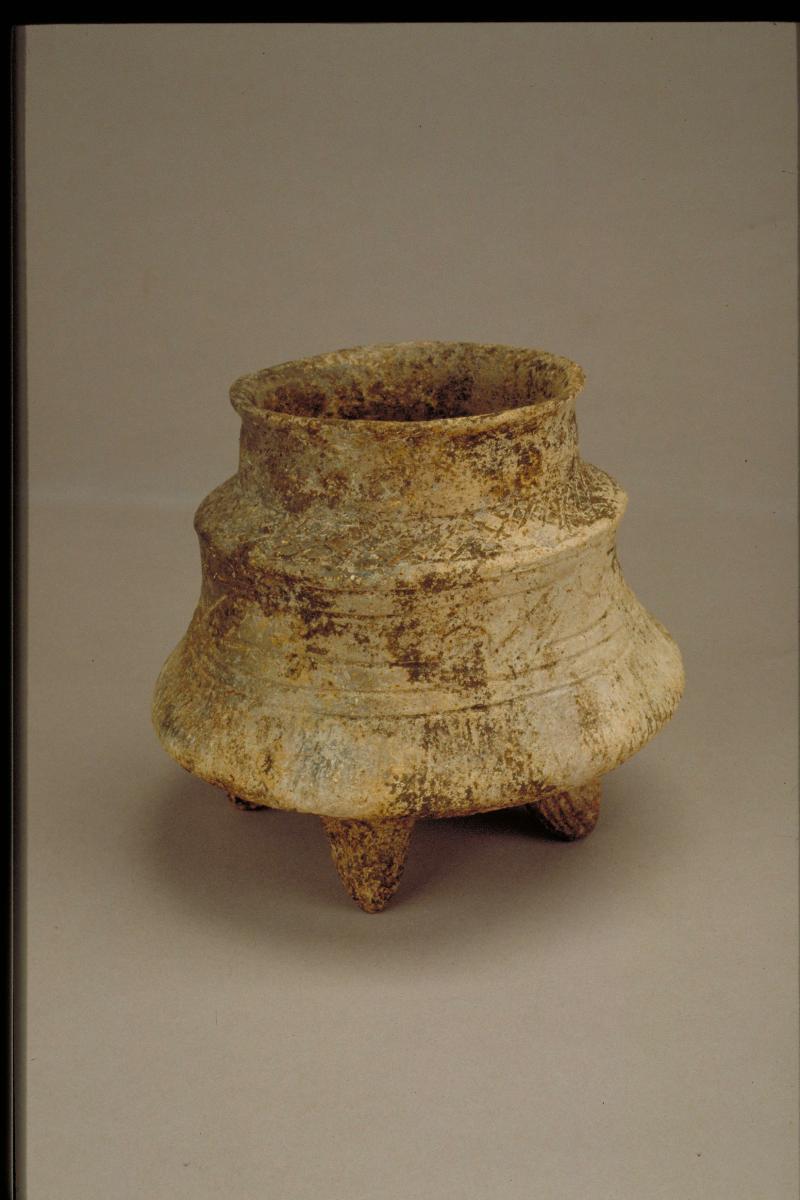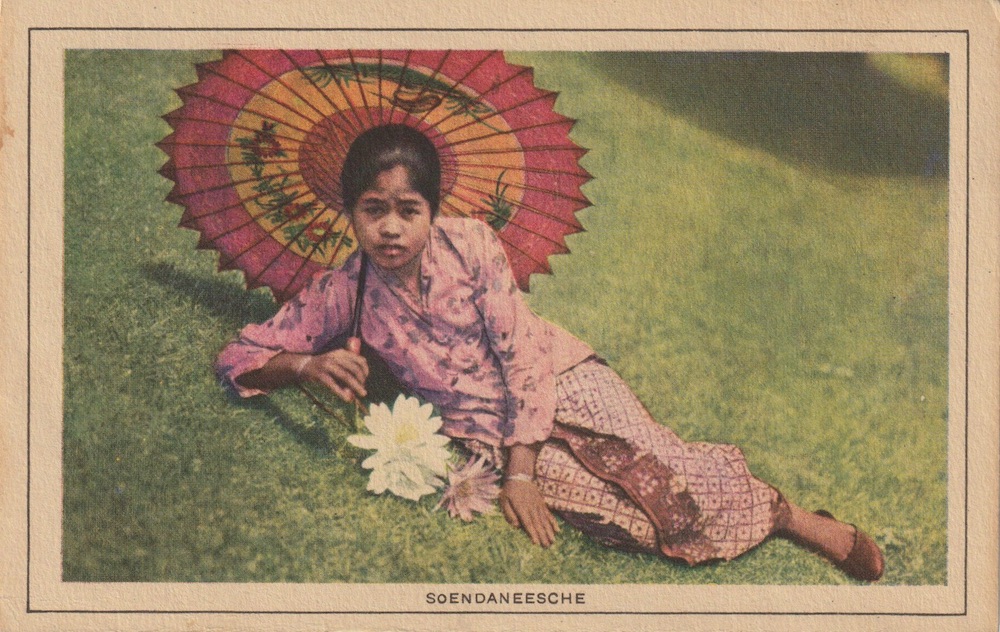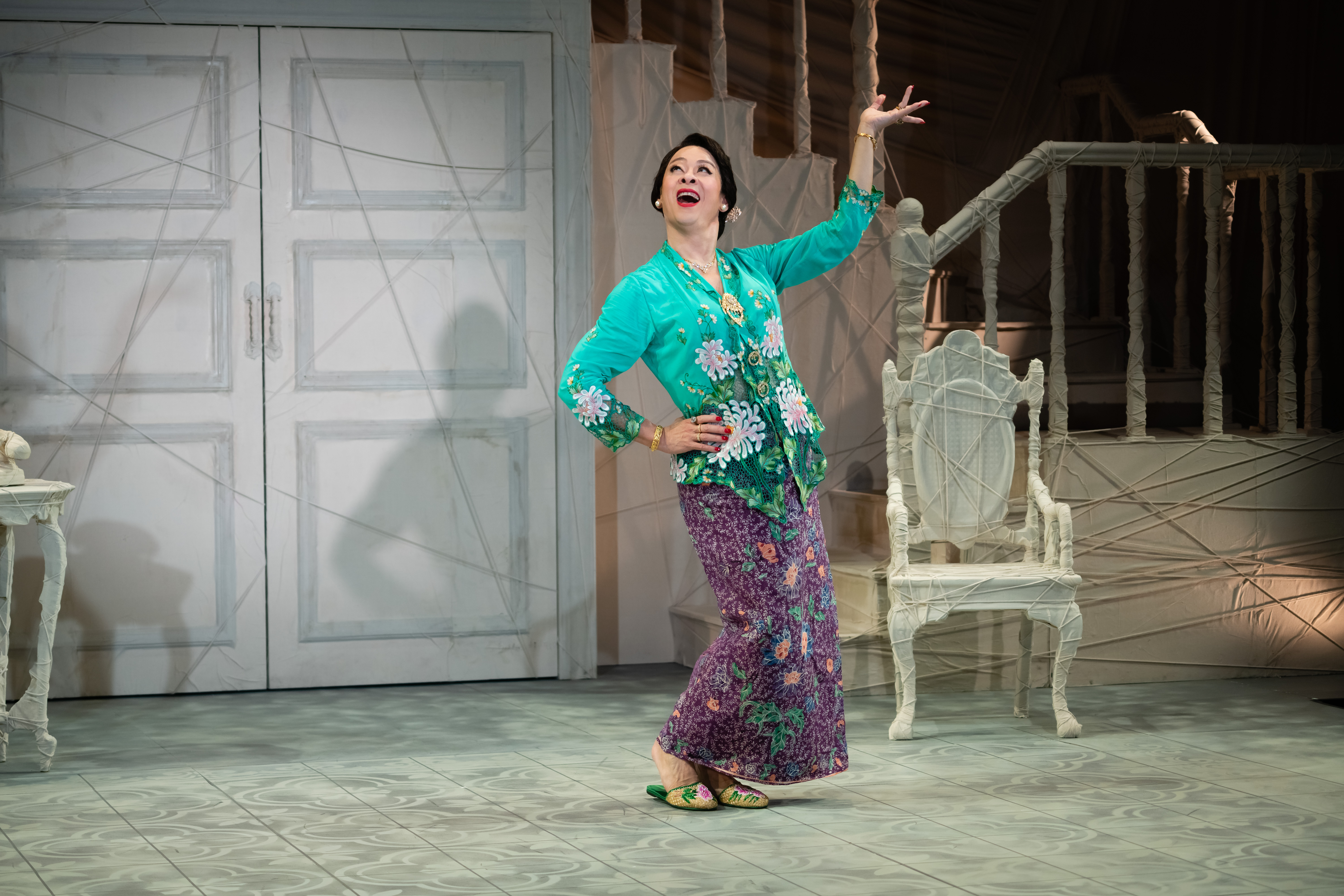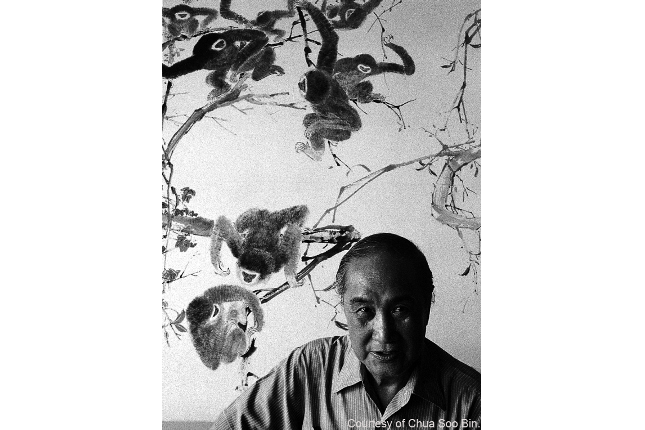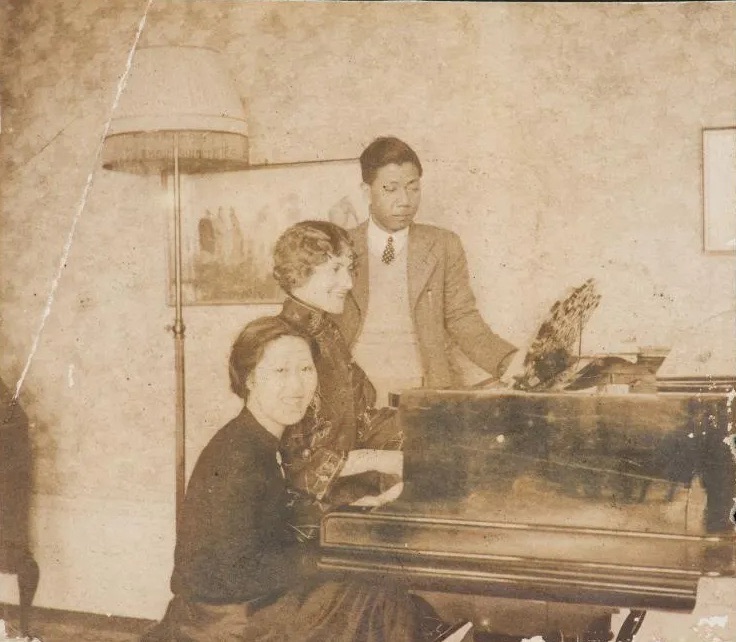This dish is an example of Nonyaware, which are overglaze polychrome enamelled porcelains possibly imported from China for Straits Chinese customers. The piece carries the reign mark “Guangxu nian zhi”, suggesting that it could have been made during the reign of Qing Emperor Guangxu from 1975 to 1908. It has gilt edged chrysanthemum rims and sloping sides. Decorative motifs include a phoenix in flight amongst sprays of pink peonies with leaves and buds. The phoenix is painted a head and legs of iron red and pink enamels, a scaly body of dark green detailed in black and a colourful neck plumage of bold strokes of pink, blue and green. The phoenix is an auspicious symbol that represents beauty, grace, high virtue, the bride and the Empress. Peonies are emblems of spring and symbols of wealth, love and beauty. These motifs are set against a light green background, which represents youth and spring. They are again surrounded by a rose pink border decorated with symbols from the Eight auspicious Buddhist Emblems, such as the pair of Golden Fish and the Wheel of Law. These are interspersed with decorations of trailing ribbons. This piece of enamelled porcelain could have been part of the elaborate “tok panjang” dinner service which refers to dining at home on special occasions such as the 60th birthday celebrations. Such a feast could comprise several hundred to several thousand pieces of Nonyaware.




